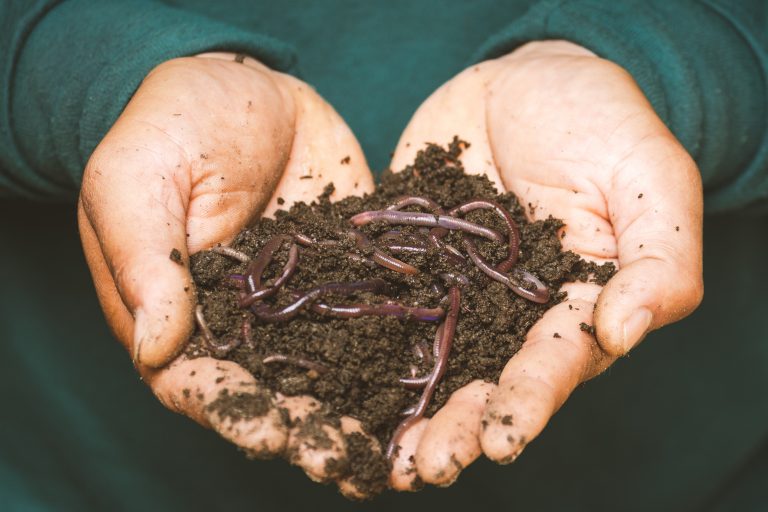Landscaping doesn’t have to break the bank. While it can easily cost hundreds or even thousands to maintain a yard or garden, a few smart strategies can help you save big. Here are eight budget-friendly landscaping tips you won’t hear every day. We’re moving beyond common advice to uncover truly innovative ways to beautify your…
saving money
Think Gardening Is Too Expensive? These Cheap Hacks Prove You Wrong
Have you always wanted a garden but think that it’s too expensive? Setting up a garden can cost hundreds to thousands of dollars depending on your setup and maintenance needs. However, you don’t have to spend a fortune to have a beautiful garden. Here we’ll share some of our favorite gardening hacks to help you…
10 Home Upgrades That Pay for Themselves in Under a Year!
In the world of homeownership, the term ‘home upgrades’ is synonymous with heavy investment and long-term returns. However, the narrative is swiftly changing with the advent of smart, eco-friendly, and cost-effective home improvement options. Today, we explore 10 such home upgrades that not only elevate your living experience but also promise a return on investment…
10 Home Improvement Projects to Increase Your Home’s Value
Let’s talk about jazzing up your homestead – you know, giving your pad a bit of a facelift without breaking the bank or, heaven forbid, your back. After all, your home isn’t just a place to hang your hat. It’s your kingdom and probably the biggest investment you’ll ever make. So, let’s explore some upgrades…
11 Common Mistakes to Avoid When Investing in Stocks
Investing in stocks can feel like a challenge. However, even if you’ve never made investments, there’s hope. Today, we’ll explore the five common mistakes that could turn your stock portfolio into a very expensive paperweight. By steering clear of these, you can keep your financial journey on the sunny side of Wall Street. Just remember,…
13 Once-Affordable Cars That Have Lost Their Appeal
The automotive landscape is continuously evolving, with newer models outpacing older ones in terms of technology, efficiency, and design. While many cars start as affordable and attractive options for consumers, over time, some models lose their luster and are overshadowed by superior alternatives. Here, we highlight 13 once-affordable cars that were previously considered great buys…
12 Tips for Maximizing Your Social Security Benefits
It’s a fact – trying to figure out Social Security benefits is hard. But it doesn’t have to be! With just a little bit of strategy and a dash of know-how, you can ensure your golden years are just that – golden. Here are 12 tips for anyone out there who’s looking to squeeze every…
10 Smart Estate Planning Steps To Take Before Retirement
As you edge closer to swapping your morning alarm for the calmness of retirement, it’s important to tidy up the less glamorous yet undeniably important aspects of our lives—estate planning. Estate planning might sound boring, but it’s a very important thing to do before you retire. Here are ten ways to hit to do it…
The 10 Biggest Scams Happening Right Now and How to Avoid Them
In today’s digital age, scammers are increasingly sophisticated, using advanced technology and psychological tactics to deceive people. Here are the ten biggest scams currently making the rounds, along with comprehensive advice on how to protect yourself. 1. AI-Powered Scams Scammers are now utilizing artificial intelligence to enhance traditional scams, making them more convincing and harder…
4 Cost-Effective Organic Garden Fertilizers
Regardless of what you’re growing, your plants need nutrients. Without fertilizer, your plants will fail to thrive and grow big and strong. In the case of edibles, a lack of nutrients can limit your crop and lead to poor production. Unfortunately, many fertilizers on the market are expensive. Thankfully there are cost-effective organic fertilizers…









